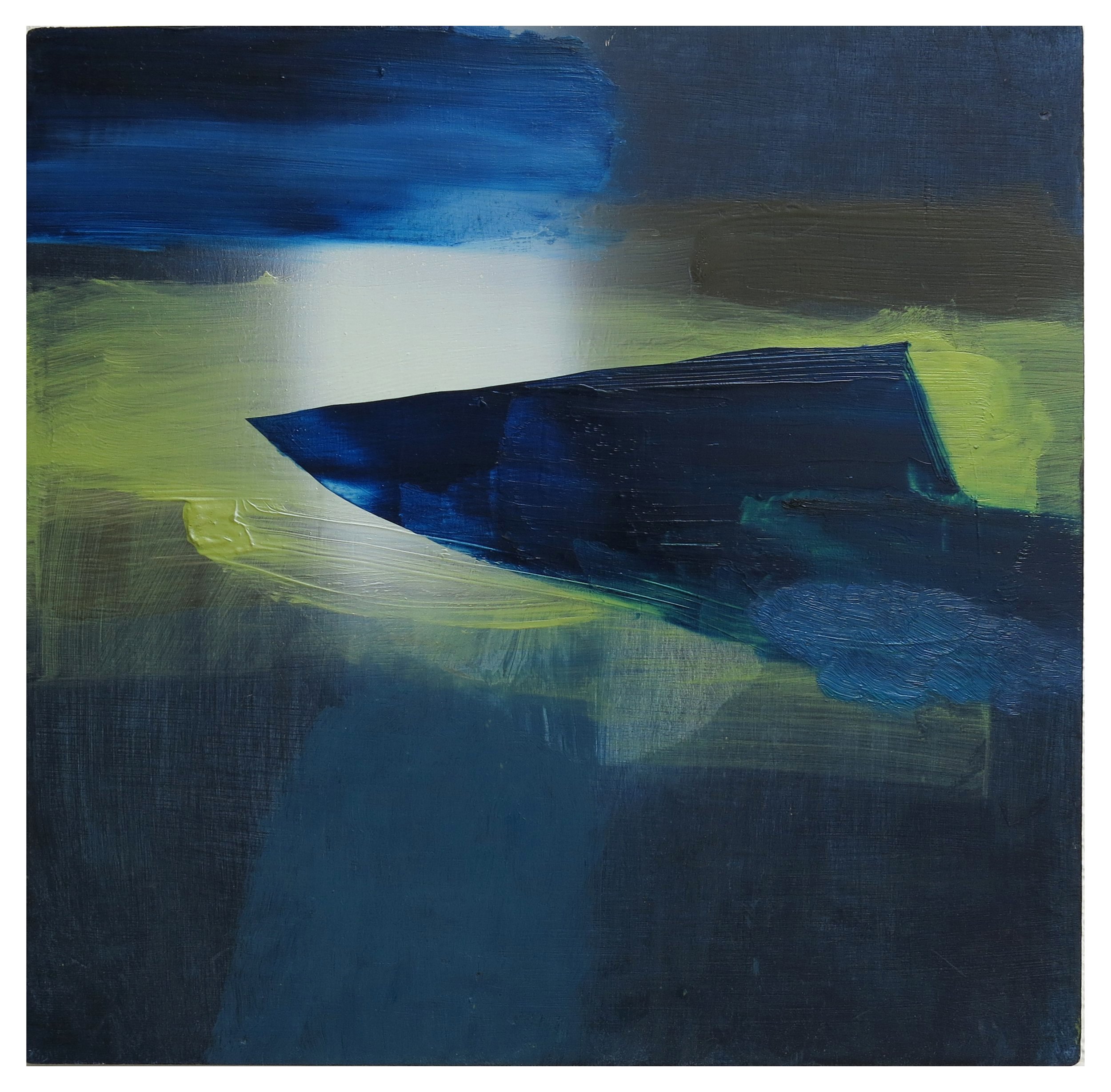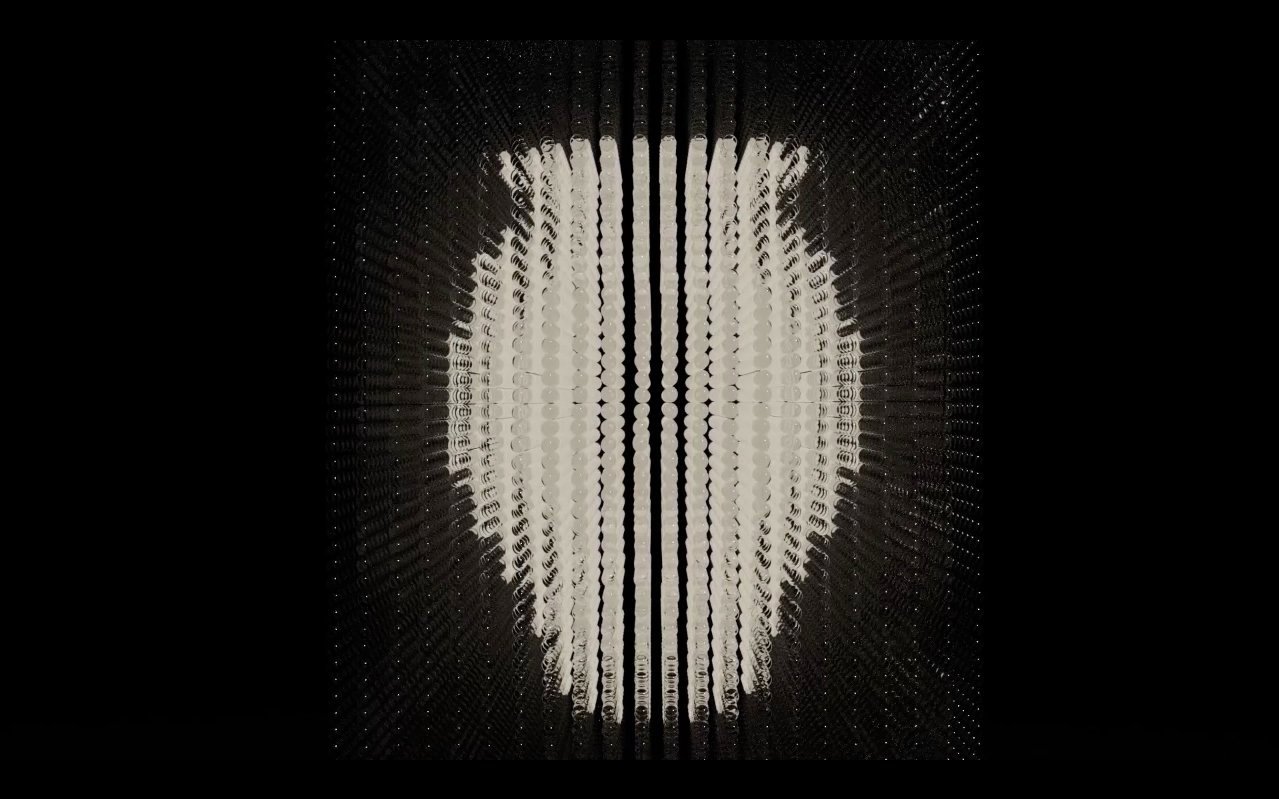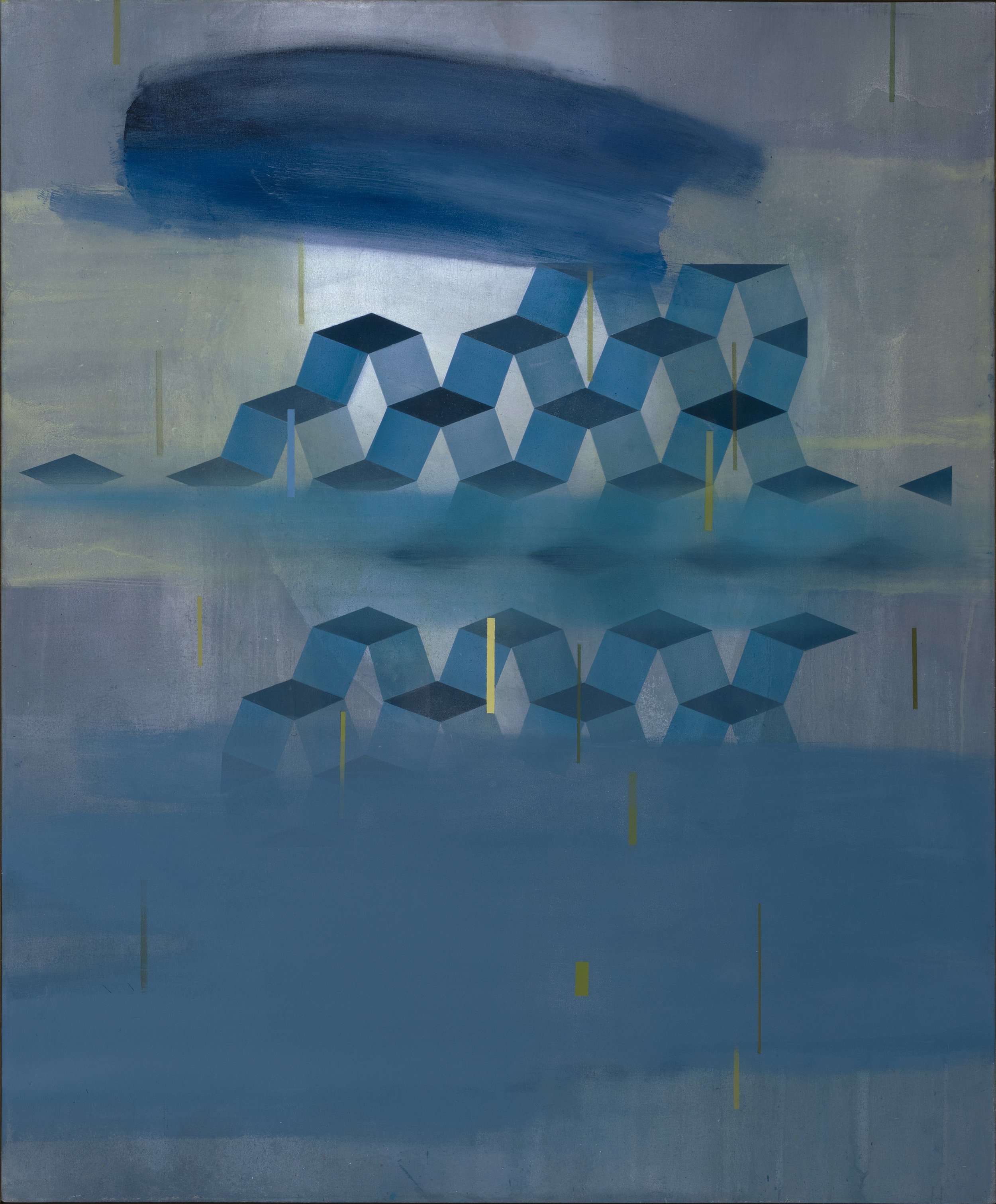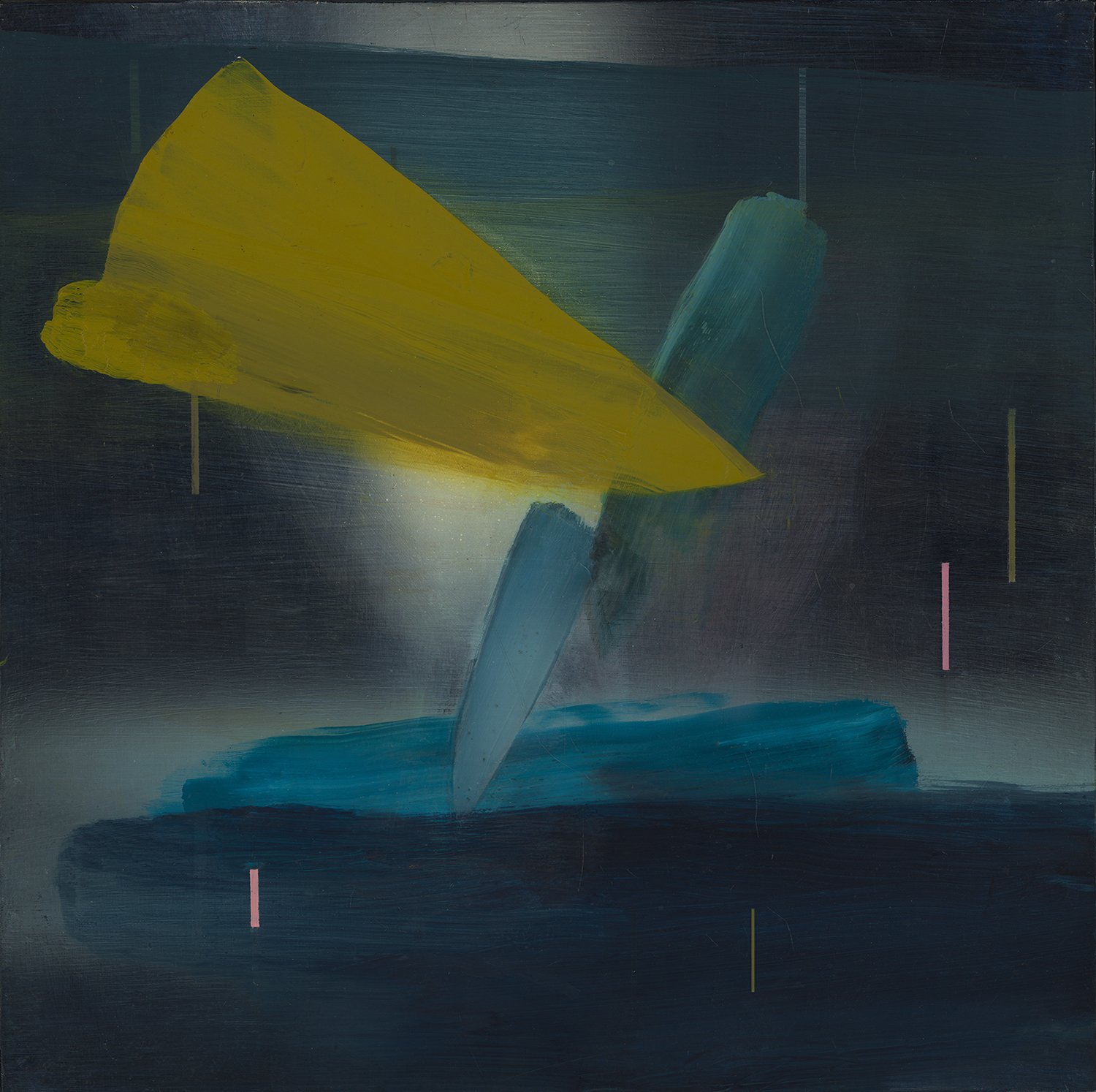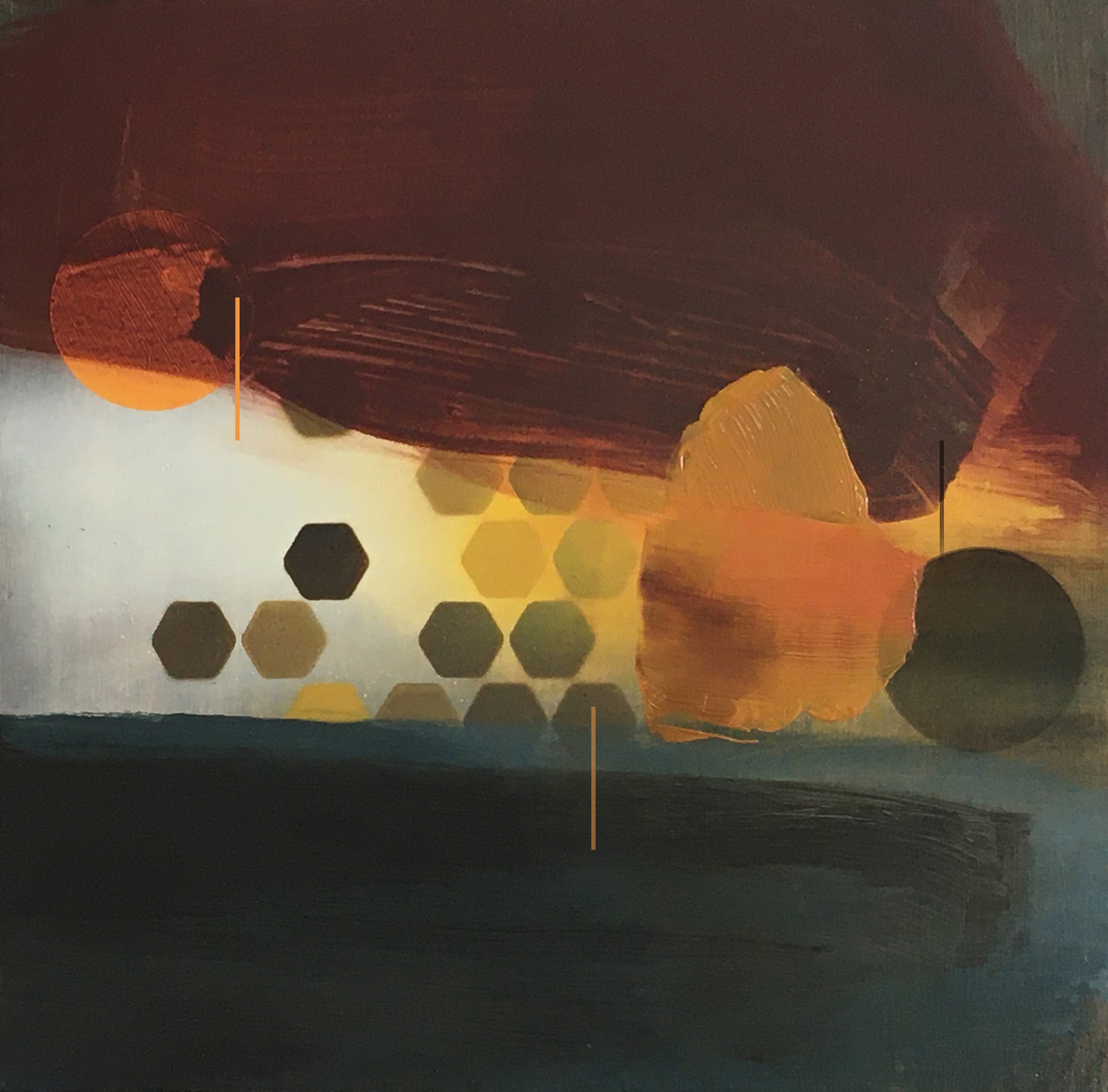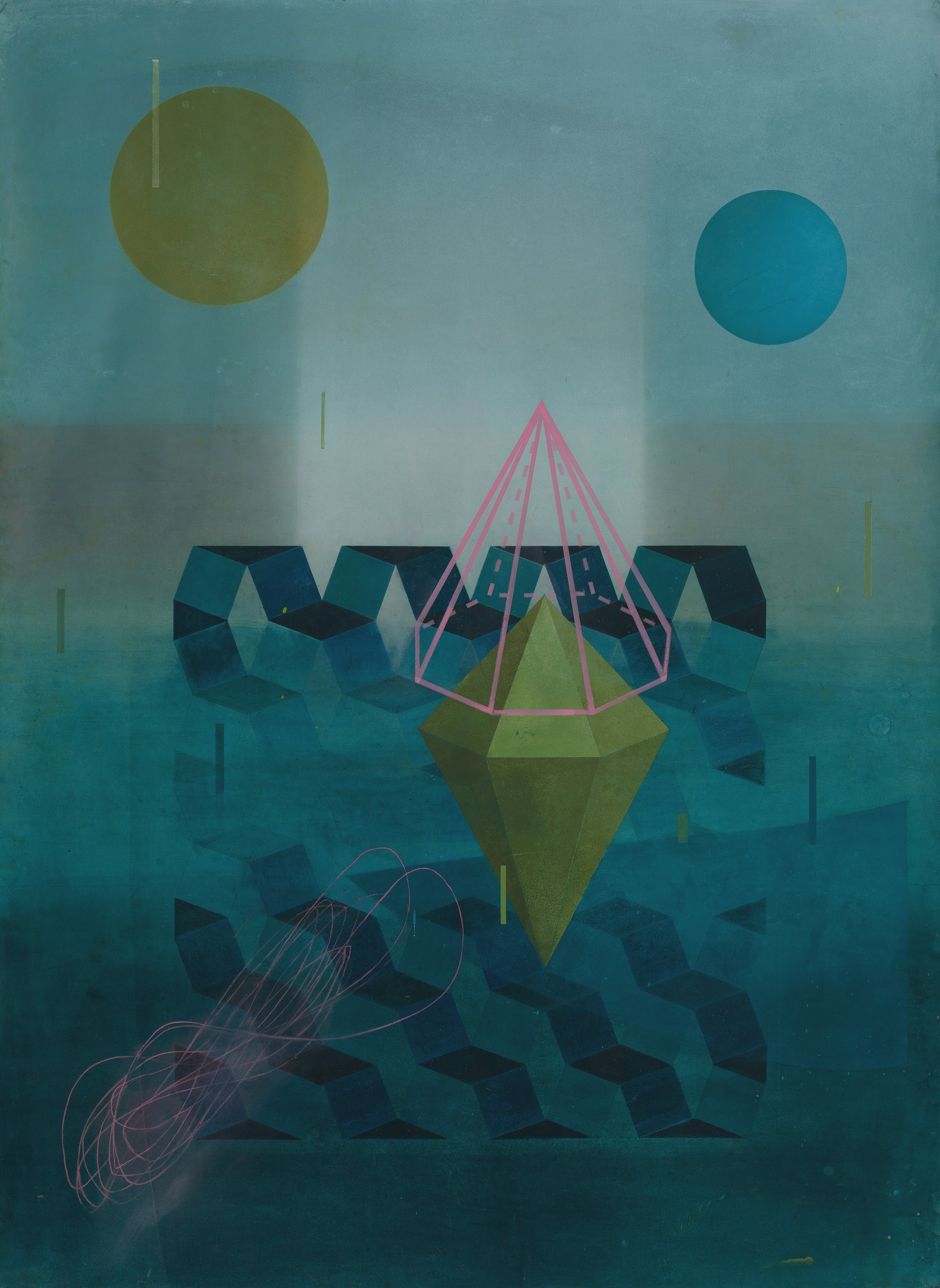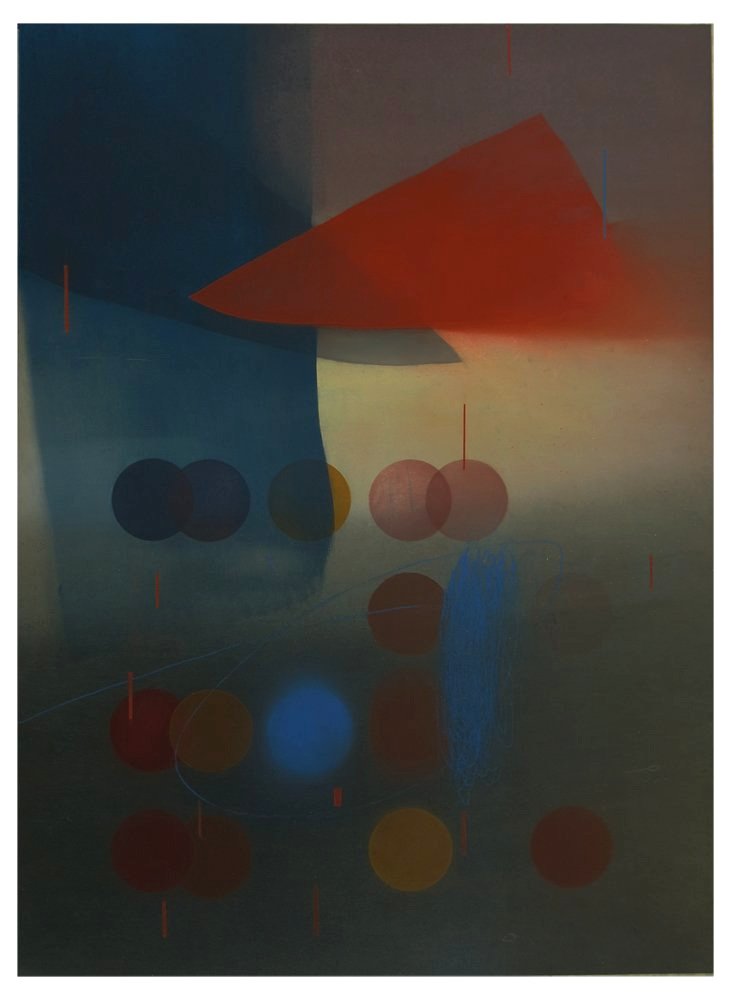Interview
Nicholas Hales
Nicholas Hales is a contemporary artist living in Cape Town, South Africa. He works across a number of disciplines, including painting, drawing, and video/film.
He has held five solo exhibitions, participated in numerous group shows in South Africa, and also exhibited internationally.
Nicholas has won a number of awards for his work, including a Scholarship award for an art residence at L’Air Arts, Paris, France in 2019, and a Merit winner, ‘What is life exhibition?’ at the South African National Museum, Cape Town, 2002.
His work is included in the permanent collections of L’Air Arts, Paris, France, Detroit Museum of New Art, (MONA), U.S.A., Spier Arts Trust, South Africa and Nandos, South Africa.
What is your background and how did you start your journey in the art world?
“I completed a four-year diploma in graphic design and an advanced diploma in fine art from the University of Cape Town. I then moved to London for a few years where I worked as an illustrator and graphic designer. Afterwards, I returned to Cape Town and began working on my fine art, where I had my first solo show, and have continued to exhibit both in South Africa and internationally since then.”
What does your work aim to say? Does it comment on any current social or political issues?
“My work is primarily centered around investigation of the self, often examining meditative and contemplative modalities as vehicles to access the self. I draw parallels between the individual’s pursuit for wholeness with those of the collective, aka society. I also draw parallels between imbalances in the individual and those within society at large. When all aspects of the individual are acknowledged and integrated, a healthier and more whole person emerges. This is a lot like in societies: when all aspects of the society are acknowledged and integrated, a healthier, functioning society develops.
I’m interested in imbalances in the individual, and in processes which bring about healing and wholeness, particularly meditative and contemplative modalities that quiet the mind. This leads to the revealing of a far more expansive ‘self’. These meditative processes can reveal that which is hidden and suppressed in a person, bringing about integration, healing and actualization.”
Which current art world trends are you following?
“There has been a shift in art to examine and acknowledge the ‘spiritual’. In the past, contemporary art that looked at spirituality was often deemed to be lacking in academic rigor, and so often dismissed. But I’ve seen a shift in the last 5-10 years to a greater interest and investigation of spirituality by artists. I think this is in part due to artists from indigenous cultures expressing their spirituality in their work.
Spirituality is often far more accepted and acknowledged in indigenous cultures. Western academia also helps by widening its research into the domain of spirituality, like meditation. With the ubiquitous nature of yoga and meditation in contemporary life, the spiritual dimension of the individual has become far more accepted, and this is reflected in the current movement in art.”
“I’ve been exploring themes in the realm of the spiritual in my art for a long time. It’s satisfying to see this aspect of the human experience becoming more accepted as a legitimate area of investigation in contemporary art.”
Do you plan your work in advance, or is it improvisation?
“I usually have a conceptual idea of what I’m investigating in a body of work. I use the analogy of railway tracks to explain how I work. The two railway tracks are the basic conceptual framework I know I’m investigating. But within those two conceptual lines, I let my mind bring forward what it wishes. There are no set restrictions at this stage, and my subconscious plays a large part in the development of the work. Once a body of work begins to develop, I become more consciously aware of what the symbolism and visual language that has developed means within the initial conceptual framework.
I usually sketch out my paintings and drawings before I start. Then I’ll go through all the sketches and mock-ups and choose the ones that I think work best. I then do the actual painting or drawing, which can change quite a bit from the mock-up. At other times, it stays fairly close to the initial sketch.
My video/film work progresses in a similar way, with a script and then storyboard. In the shooting and editing stages, unexpected things happen, and changes usually occur which make the work exciting and much more interesting.”
What process, materials and techniques do you use to create your artwork?
“When I’m painting, I’ll usually start with acrylic washes and then go to oils over the acrylic. I use both brushes and an airbrush/air gun. A lot of my work is the tension between the personal and trans-personal. Hand brush marks are a good representation of the personal self, while the machine-like smoothness of the airbrush or air gun represents the trans-personal self. I spray mainly with oil paint. It clogs less in the airbrush or gun, and I like that it doesn’t dry quickly, so I can manipulate it with a brush or rag using turpentine, if I wish. I’ve also used egg tempera and gouache in the past. When drawing, I use pastel and gouache.
For my video/film work, I’ll usually film something and then edit it, but for my most recent film piece, I drew an installation and then got a 3D artist to create the installation in a 3D environment. I then moved the camera around the installation and edited a short film from this footage. This was the first time I had worked in a 3D environment, which I found both interesting and exciting, as it worked well with the conceptual nature of the artwork.”
What does your art mean to you?
"My work is a way to communicate with the world about things that interest me. Apart from my visual art practice, I’ve also been writing some film scripts over the last 10 years or so. Although a film script is written word, it’s ultimately a visual medium, as it will be a film if it gets made. I’m happiest communicating and expressing myself creatively in different visual mediums. There’s really nothing else I’d want to do work-wise .”
What’s your favorite artwork and why?
“There are many artworks I love for different reasons, but there is none in particular I could single out. With my own work, there are two paintings I like the most. One isn’t included here as it’s an older work, and I prefer to mostly show my current work. The one I did include is ‘Illumination and arrow head no.1’ (the image right above the first question). Why I like it the most is difficult to say. It just represents exactly what I wanted to say. It has a mysterious quality to it. These 2 favorite artworks were fairly easy to do. Both had a moment where I had to take a risk, and the risk worked unexpectedly well.”
Have you had any noteworthy exhibitions you'd like to share?
“I’ve just exhibited a video piece, ‘Alchemy in a pandemic’ at Spier Light Art 2022. It is an international outdoor light sculpture and video projection exhibition at Spier Wine Estate outside of Cape Town. You can read about this here.
I also have a solo exhibition, ‘Alchemy’, coming up in June at 99 Loop Gallery in Cape Town.
A few of my exhibitions are listed below, but a full list can be viewed on my website.
One Person Shows:
2018 - Games, Tokara, Stellenbosch, South Africa.
Selected Group Exhibitions:2022 - Spier Light Art, Spier Wine Estate, Cape Town, South Africa.
2021 - Summer Salon, nel Gallery, Cape Town, South Africa.
2020 - Site Visit, L’AiR Arts, Paris. Artland.com
- Summer Salon, nel Gallery, Cape Town, South Africa.
- 131a Gallery, Cape Town, South Africa
Residencies:
2019 - L’Air Arts, Paris, France.
Public and Private Collections:
L’Air Arts, Paris, France, Detroit Museum of New Art(MONA), U.S.A., Spier Arts Trust, South Africa and Nandos, South Africa.
Nicholas Hales’ work is held in private collections in the Europe, U.K., U.S.A and the Far East.
‘Games’, at Tokara, Sellenbosch, South Africa (2018), ‘Adytum’, 2007 and ‘Portals’, 2005, at Joao Ferreira, Cape Town, South Africa. ‘Balance, Cape Town, Masculine and Feminine ‘, Association for Visual Arts(2002) Cape Town, South Africa and the Irma Stern Museum(1999) Cape Town, South Africa. “
Website: www.nicholashales.co.za
Instagram: @nicholashales


